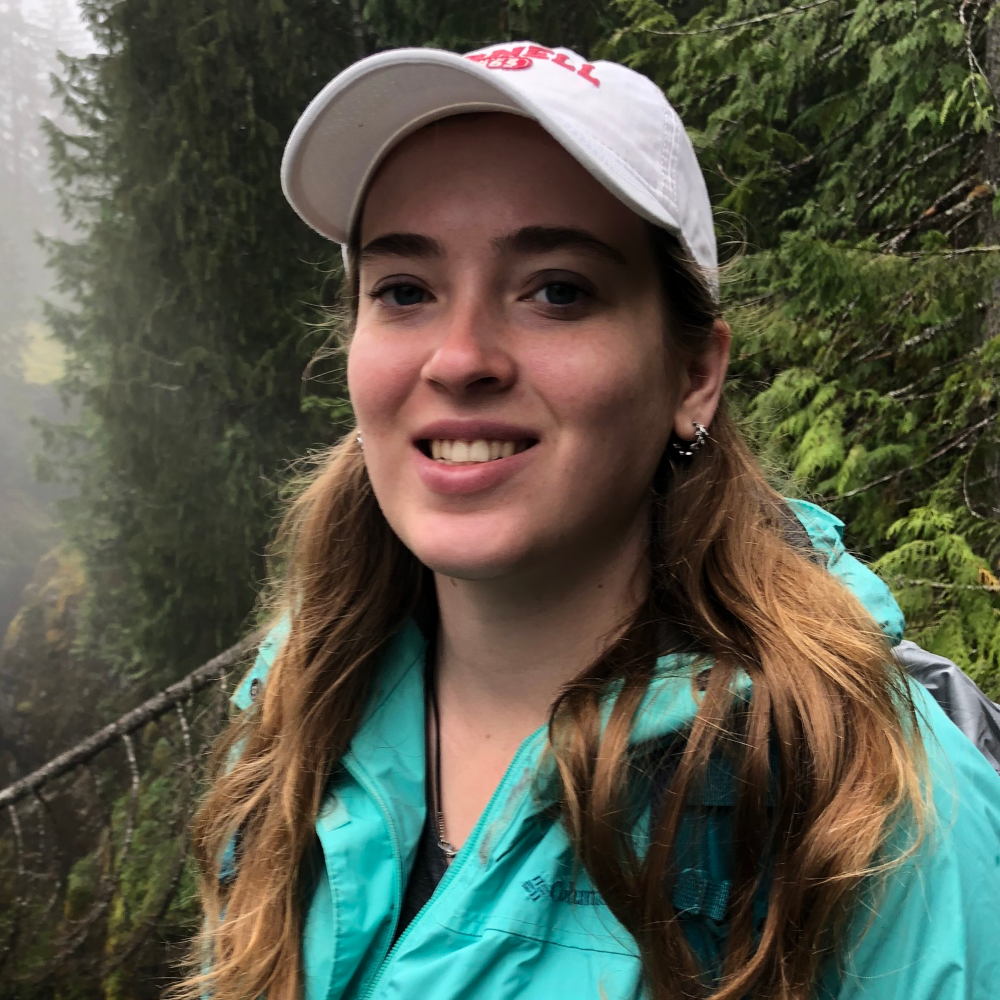
Linden Wike
University of Maryland
Synthetic Seismic Models of Earth Analog Lava Tubes
Lava tubes on the Moon and Mars hold the potential to serve as shelter for crewed missions from the local environment, impacts, and radiation. They likewise are potential sites of pristine rock samples, traps for volatiles, and possible past biological life on Mars. These features are commonly found on Earth as a result of basaltic magmatism and are proposed to exist on the Moon and Mars, where they’re theorized to vary on the order of meters to kilometers in size and depth. An abundance of lava tubes have been identified and studied on Earth, however, our ability to constrain their volume, geometry, and depth is often dependent on entering and internally mapping these features. Geophysical tools such as ground-penetrating radar, magnetometry, gravity, and seismology can be utilized to detect and characterize lava tubes remotely. My research focuses on seismology’s contributions to this effort.
To achieve this goal, I implement numerical simulations of seismic signals interacting with terrestrial lava tubes with geometries and depths constrained by GEODES field expeditions, namely, Skull Cave, CA, and Lava River Cave, AZ. To represent the diversity of size and depth of lava tubes, I’ve built a total of fifty-four lava tube model spaces; these account for lava tube ceiling depths ranging from 5 m to 50 m, lava tube diameters ranging from 2 m to 46 m, and signal receiver spacings of 0.5 m, 1 m, and 5 m. The smallest chosen model space represents an assumed minimum comfortable size for a crewmember with gear, while the largest tube is double the size of Skull Cave. These models are analyzed via three means of seismic migration, and I’m working to quantify the most accurate migration method of the three for reconstructing the original geometries.

Figure 1. From left to right, the panels represent the results of Reverse-Time, Phase Shift Plus Interpolation, and Kirchhoff migration techniques for the same input lava tube model (25 m ceiling depth, 23 m diameter, 0.5 m receiver spacing). Ongoing research will quantify the individual effectiveness of these methods for each of the models.